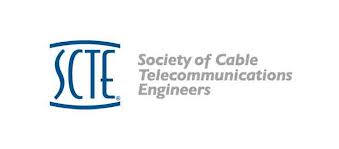
HERNDON, VA – The greatest opportunity for energy cost avoidance in cable system networks is in the HFC plant from the headend or hub to the home, according to a report from a SCTE Energy 2020 session Tuesday.
Between 73% and 83% of cable’s overall energy consumption is by hubs and headends, as well as the access network power supplies powering the active equipment on the HFC network, according to a detailed SCTE analysis of energy usage of a cross section of major operators. The report was presented to more than 80 operator and vendor representatives.
“While devices in the edge facilities and in the network individually are not the greatest consumers of power in our networks, the sheer number of those devices makes those areas high priorities for the reduction of consumption and cost on a per-unit basis,” said Daniel Howard, SCTE SVP and CTO, in the news release. “Over the next five years, we’re committed to reducing power consumption and energy costs on a unit basis by 20% or more, to reducing grid dependency by 10% and to optimizing technical facilities and data center footprints by 20%. This is a massive effort that will require two contributions by our vendors: collaboration on the standards that will make this possible, and design and manufacture of equipment that will meet operators’ energy management specifications.”
Energy 2020, co-chaired by Comcast Cable’s John Schanz and Liberty Global’s Balan Nair, brings together the collective vision and technology expertise of cable operators and the vendor community to achieve maximum customer uptime and enablement of cable network capacity growth via successful organization, customer and environmental energy solutions. The program is intended to create alignment on standards and operational practices, to drive design and implementation of equipment, and to create SCTE training resources that will enable workforce teams to optimize technology for maximum efficiency.



